What Are Laxatives?
Laxatives are a class of medication that is used to treat constipation. Laxatives are comprised of various drugs that have different mechanisms of action1.
Types of Laxatives
Laxatives can be grouped into five major classes based on their mechanism of action, including: bulk laxatives, osmotics, surfactants, emollients, and stimulants2. Of all of the types of laxatives, the most commonly used, and the ones associated with most of the medical complications, are the stimulant laxatives2,3.
Stimulant laxatives, such as bisacodyl or senna glycosides, stimulate the contraction of the intestinal muscles and are fast-acting1. Unfortunately, they are particularly prone to abuse1. While less common than self-induced vomiting, abuse of laxatives is the second most commonly utilized mode of purging in patients with bulimia nervosa2. Laxative abuse is seen in up to 75% of individuals diagnosed with Anorexia Nervosa Binge-Purge Type and/or Bulimia Nervosa4.
What Is Laxative Abuse?
Laxative abuse often occurs when an individual desires to lose weight or “feel empty”5. The belief that laxative use will result in weight loss is untrue. Any “weight loss” occurring is actually the loss of water, minerals, electrolytes, and indigestible fiber and wastes from the colon5. As soon as the individual rehydrates, the weight “lost” will return5.
Health Consequences of Laxative Use

Heart Complications
Laxative use has been associated with cardiac arrest, seizures and a specific type of tachycardia (a heart rate over 100 beats per minute) caused by hypokalemia, or low potassium levels in the bloodstream1. Hypokalemia is very serious because it can cause heart arrhythmias (irregular heartbeats), cardiomyopathy (weakening of the heart), muscle weakness, tetany (involuntary muscle contractions) and in some cases, sudden death6.
Muscle and Bone Complications
Rhabdomyolysis, the breakdown of muscle tissue, is also a reported consequence of hypokalemia and dehydration following laxative abuse1. Phenolphthalein, another type of stimulant laxative, is associated with osteomalacia. Osteomalacia is characterized by abnormal bone formation, increasing the likelihood of fractures1.
Organ Complications
There are various organ systems that are particularly affected by laxative and diuretic abuse1. Laxative abuse has been associated with chronic or nocturnal diarrhea, constipation, laxative dependence, bloody stool, bleeding, and abdominal tenderness, in addition to melanosis coli (darkening of the colon) and gastric melanosis (darkening of the stomach)1.
In addition, cathartic colon syndrome may occur, which involves the loss of normal colonic function because of long-term habituation to stimulant laxatives2. As a result of these changes, movement through the colon is slowed or absent, leading to hard, infrequently passed stools and constipation2.
Effects of Stopping Laxative Use
Laxatives are not thought to form psychological dependence, and the abuse of laxatives should be theoretically cured by the cessation of their use, but treatment is often resisted due to unpleasant symptoms such as edema (swelling caused by fluid in the body’s tissues) and worsening constipation7. Abrupt cessation of high dose laxatives can cause edema and rapid weight gain due to fluid shifts and electrolyte disturbances3.
Laxative Abuse Recovery
It is very important that your child gets help if they are using laxatives because early intervention will help to reduce the complications your child experiences.
We understand how challenging recovery is and we are here to help you and your child every step of the way. Click below to book a free, 15-minute consultation call with us to learn more about how we can help you and your child.


